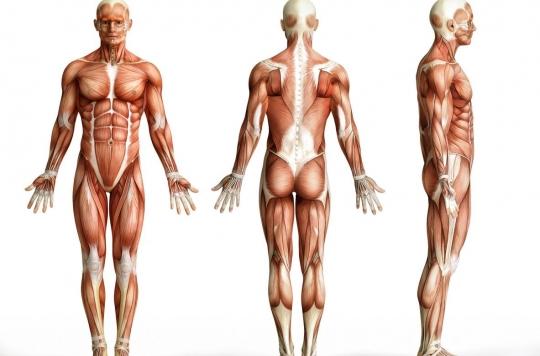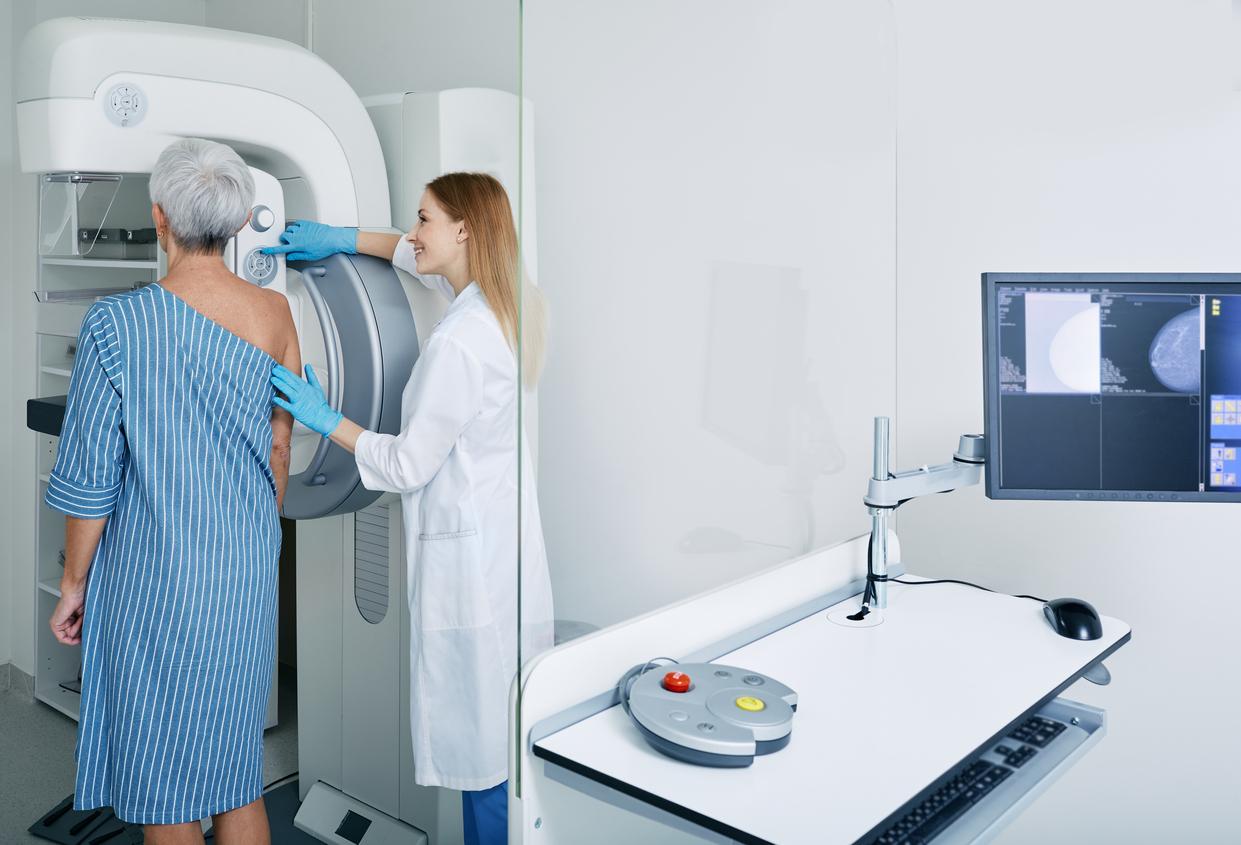An artificial intelligence tool has been able to determine the structure of 350,000 human proteins, or 44% of all those that make up the body. Before, scientists only knew about 170,000.

- Scientists are now able to predict the structure of 350,000 proteins, up from 170,000 previously.
- For this, they used an artificial intelligence tool that can recognize the amino acids that make up proteins to model their shape in 3D.
Scientists have succeeded in developing a database of the structures of 350,000 proteins in the human body and 20 proteins from other organisms, such as yeast. This feat was possible thanks to an artificial intelligence tool called AlphaFold, whose algorithm was trained to recognize the amino acids that make up the structure of proteins. To do this, the scientists used data from the 170,000 protein structures they already knew. Their work has been published in the journal Nature.
Understanding Amino Acids to Predict Protein Structure
To understand the interest of this discovery, it is first necessary to clearly define its terms. Proteins, first of all, are the main components of the structures of all cells in the human body. They give instructions to the cells so that they fulfill their functions. The set of proteins in an organism is called the proteome. Its composition changes according to the internal environmental conditions but also external to the cells. The interest of studying the proteome – and therefore the thousands of proteins that make up the organism – is to better understand the mechanisms of living organisms and our bodies.
But to analyze proteins, you have to study their amino acids. These are single molecules that will give shape to proteins by folding them. Each folded protein has a specific configuration that gives it a distinct shape from that of other proteins. These foldings therefore create a wide diversity of proteins. For scientists, the challenge is to be able to predict these foldings in order to anticipate the structure that proteins may have. Until AlphaFold, only 170,000 protein structures were known.
Learn about proteins to create drugs
AlphaFold knows how to recognize 60% amino acids in the body, but that was not enough to predict proteins: it was also necessary to model their structure in 3D, which makes it possible to predict the form they could take. In other words, imagine how they will be folded by the amino acids because it is this folding action that defines the function or functions that the protein will fulfill. Thus, this artificial intelligence tool succeeded in predicting the shape of 350,000 proteins, or 44% of those of humans.
“What took us months and years to do, AlphaFold was able to do in a weekend, explains John McGeehan, in a series of independent commentaries dedicated to this study. I have the feeling that we have just taken a leap of at least a year compared to the situation of yesterday”. Indeed, once the artificial intelligence algorithm has been developed, the analysis is very fast. On the other hand, this artificial intelligence tool also highlighted the existence of many disordered human proteins, which means that the algorithm failed to predict their structure.
The authors conclude that these proteins do not adopt a single shape, but vary. The primary benefit of this catalog of 350,000 proteins is to improve fundamental knowledge of human, plant and animal biology. All scientists can, for example, refer to it to create new drugs, because certain proteins resist or participate in an infection. Currently, a team of researchers are using AlphaFold to analyze how coronavirus proteins attach to human cells.
.















